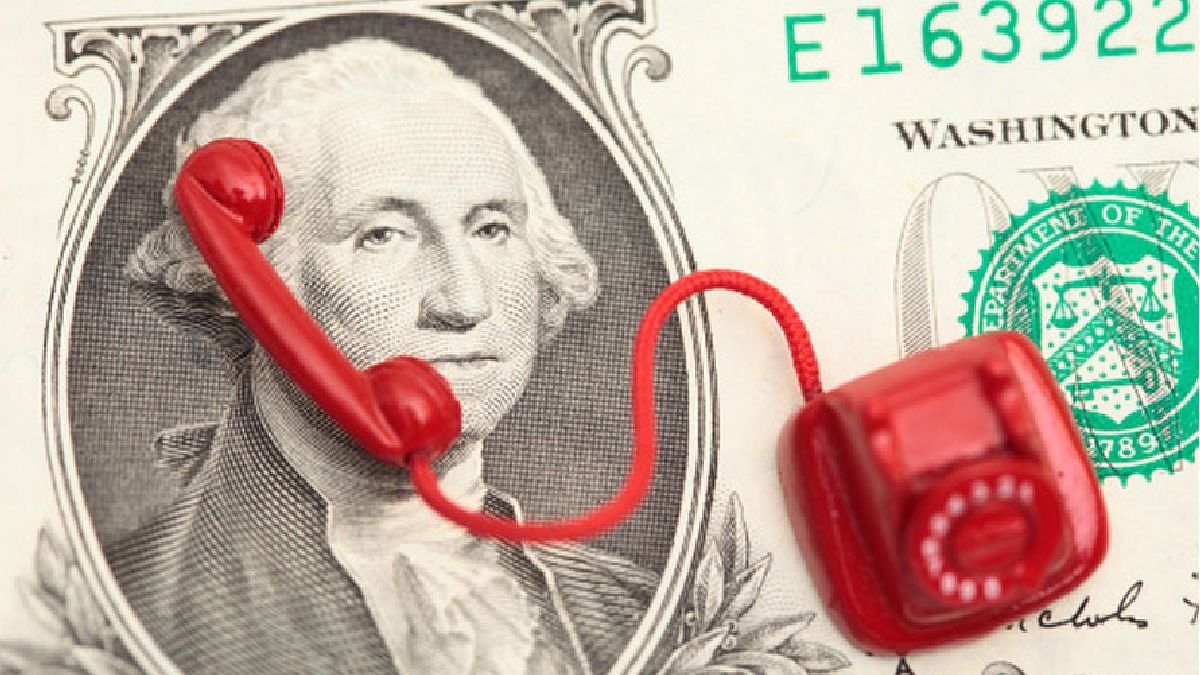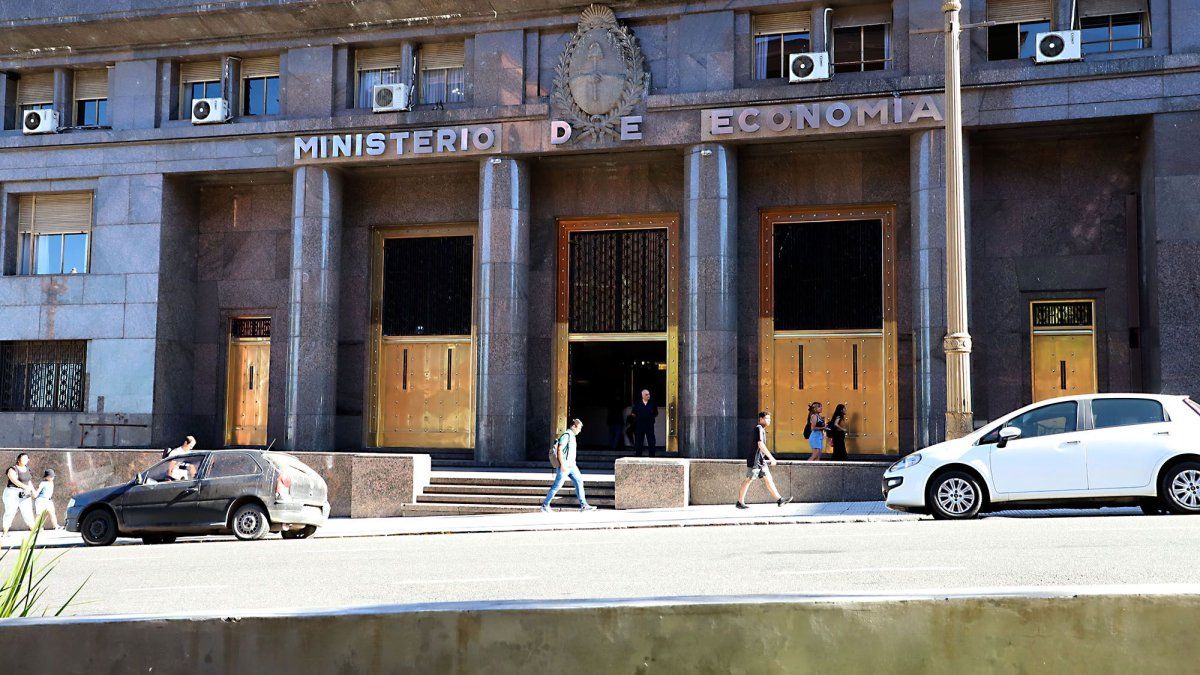2024 began and dollar is once again on the main scene of the City of Buenos Aires. Is it time to carry a dollar bill? Everything indicates that it is very late – it is worth less than $1,000, while the tourist dollar is worth $1,325. The markets arbitrate. It is no longer a crime to buy and sell the blue dollar, the gap with the wholesale dollar is 26.2%, a very attractive level considering the drop in demand for money in the coming months.
-Inflation is not a closed number, but it would end with a rise of around 220% annually, the wholesale dollar at $808.48 and a rise of 356.4% annually, the CCL dollar closed the year at $873.40 and rose 183% annually, the blue dollar ended the year at $1,020 and rose 193.1% annually.
Q: So?
-Those who bet on linked dollar instruments were the ones who won the most, in second place come those who bet on inflation-adjusted instruments, and the dollar bill is left behind.
Q: Is the gap gone forever?
-In no way, I am momentarily down for the placement of dollars in the financial system to dribble the personal property tax. The lower demand for pesos in January and February will place the gap at much higher levels than the current ones.
Q: Is there a redemption of negotiable obligations that adjust for inflation?
-Correct, you have to read the fine print of the instruments that are purchased, this is the case of IRSA and Vista that will come to the rescue of these instruments, since it would be very onerous to wait for it in the end.
Q: Will the Argentine state do it?
-Just in case, I would not pay for sovereign bonds in inflation-adjusted pesos, I would prefer other types of bonds.
Q: What should I look at in January?
-Basically, the rate implies the future dollar that on Friday culminated in the rise, the gap between the exchange rates and the price of the AL30 bond.
Q: The reservations?
-They ended the year at US$23,071 million, and could fall in the coming days due to the payment of sovereign bonds. On January 9, they pay rent, and this would leave reserves at levels below US$22. ,000 million. During the year they fell 48%, President Javier Milei received a nice inheritance, the boxes are empty of dollars.
Q: How do you see the actions?
-The American market looks expensive, so there may be a contagion effect on the local market. We see bonds and stocks very close to taking profits, in Argentina and abroad.
Q: Market for negotiable obligations?
-Very good, especially those under foreign legislation, since they are governed by the CCL dollar and this could rise to levels close to $1,325 where the card dollar is located.
Q: Does the government want to increase withholdings in the countryside?
-You are wrong, you have to let the countryside grow, if you take withholdings from a competitive sector, to fix problems in another sector that is not competitive, we are acting wrong, reallocating resources poorly. The ideal would be for withholdings to go down, so that the field earns money, is capitalized and produces more in the future. Brazil surpasses record year after year, we are producing less every year.
Q.: Is the collection to be received due to an increase in withholdings important?
-From my point of view, no. Exporters have already paid withholdings for the 2023/24 campaign for 4.5 million tons of soybeans and 15.6 million tons of corn, although a good amount remains to be settled, we believe that what could be collected would not add up to a total greater than US$620 million, a figure that could be absorbed from other expenses, or could be contributed by other economic sectors that had less tax pressure than the countryside in recent years. We must support the sectors that can bring more dollars in the future, the countryside contributes 60% of the dollars that Argentina receives per year.
Q: Do you support the DNU and the omnibus law?
-Yes, I think it is a fundamental change, what we do not support is the increase in withholdings. The only thing for now.
Q: Could prices drop a lot with the increase in withholdings?
-We believe so, May soybeans that are currently worth US$309 per ton could be worth US$290 per ton if withholdings increase. July corn, which today is worth US$176 per ton, could drop to US$160 per ton. July wheat, which is worth US$231 per ton, could drop to US$210 per ton. This money that is not left in the countryside could go into the hands of unproductive sectors and slow down the growth of the sector.
Q: How are the returns from the field?
-On a delicate point, for our consulting firm, if withholdings increase, the sector will have negative margins, and the fields far from the port will be in trouble. The same would happen with non-traditional crops such as legumes, sunflower, barley, sorghum and others.
Conclusions:
- The best strategy is to arbitrate interest rates, the bond has a very low rate and the Cash With Settlement dollar is at a very low price, whoever knows how to arbitrate will take home a great profit.
- Soybeans measured in MEP dollars are worth US$269 per ton, wheat US$187 per ton and corn US$155 per ton. Last week these values were higher, if the gap increases these prices will fall noticeably, be careful.
- The implicit rate of the future dollar is around 110% per year, similar to a fixed term. This rate must be closely monitored, if it increases, be careful with the escape of alternative dollars. I love the UVA fixed term of 180 days, you have to spend some money on this product.
- The export dollar is at $840, while the MEP dollar is at $995, the gap is 18.3%, very low, you have to go out and sell merchandise that is exported and buy dollars. You can buy and transfer all the MEP dollars you want in a calendar month, those regulations are gone. Good measure taken by the government.
- The import dollar is at $950, and the CCL dollar is at $973.20. There is no gap between both values. The placement of the Bopreal bond is slow for importers, nobody wants a bond with so little appeal.
- It is no longer a crime to buy and sell the blue dollar, the gap with the wholesale dollar is 26.2%, a very attractive level considering the drop in demand for money in the coming months.
- There are many operations to carry out by arbitrating rates, in the private reports we advance with strategies in this regard.
Source: Ambito
David William is a talented author who has made a name for himself in the world of writing. He is a professional author who writes on a wide range of topics, from general interest to opinion news. David is currently working as a writer at 24 hours worlds where he brings his unique perspective and in-depth research to his articles, making them both informative and engaging.




